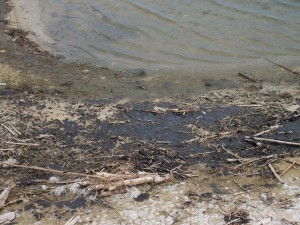Without a practical plan, the desire for clean energy is nothing more than a busted pipe dream. So, while most people realize the importance of clean energy for preserving our way of life, without a plan we will remain stuck in the tar pit of dirty energy and environmental pollutants.
Earlier this year before the oil spill, the Southern Alliance for Clean Energy issued a challenge with a $10,000 prize for the development of a practical plan. Oceana’s Vision 2020 was the winner of the alliance’s challenge (see winner announcement). A presentation and podcast of Oceana’s incremental plan can be found at the alliance’s webinar archive. Oceana has also published a six-page report on the plan. The plan addresses (a) environmental sustainability with the use of clean reusable energies such as offshore wind power and bio-fuels; (b) energy conservation primarily through energy efficiency; (c) reductions in residential and commercial heating consumption and in the overall production of electricity through improved technologies; and (d) energy reductions in transportation through the use of “diesel (45 MPG), hybrid-electric (45 MPG), plug-in hybrid electric (70 MPG), and electric vehicles (2.9 MPkWh)” and slower speeds in worldwide shipping. All the technologies in Oceana’s plan have proven track-records, and rather than cost money, over time the plan would save money and create jobs. The plan if fully implemented in the U.S. would reduce U.S. oil consumption by 26% by 2020 and by 74% by 2035 – thus eliminating the U.S. dependence on domestic off-shore oil and greatly reducing the U.S. dependency on imported oil.

